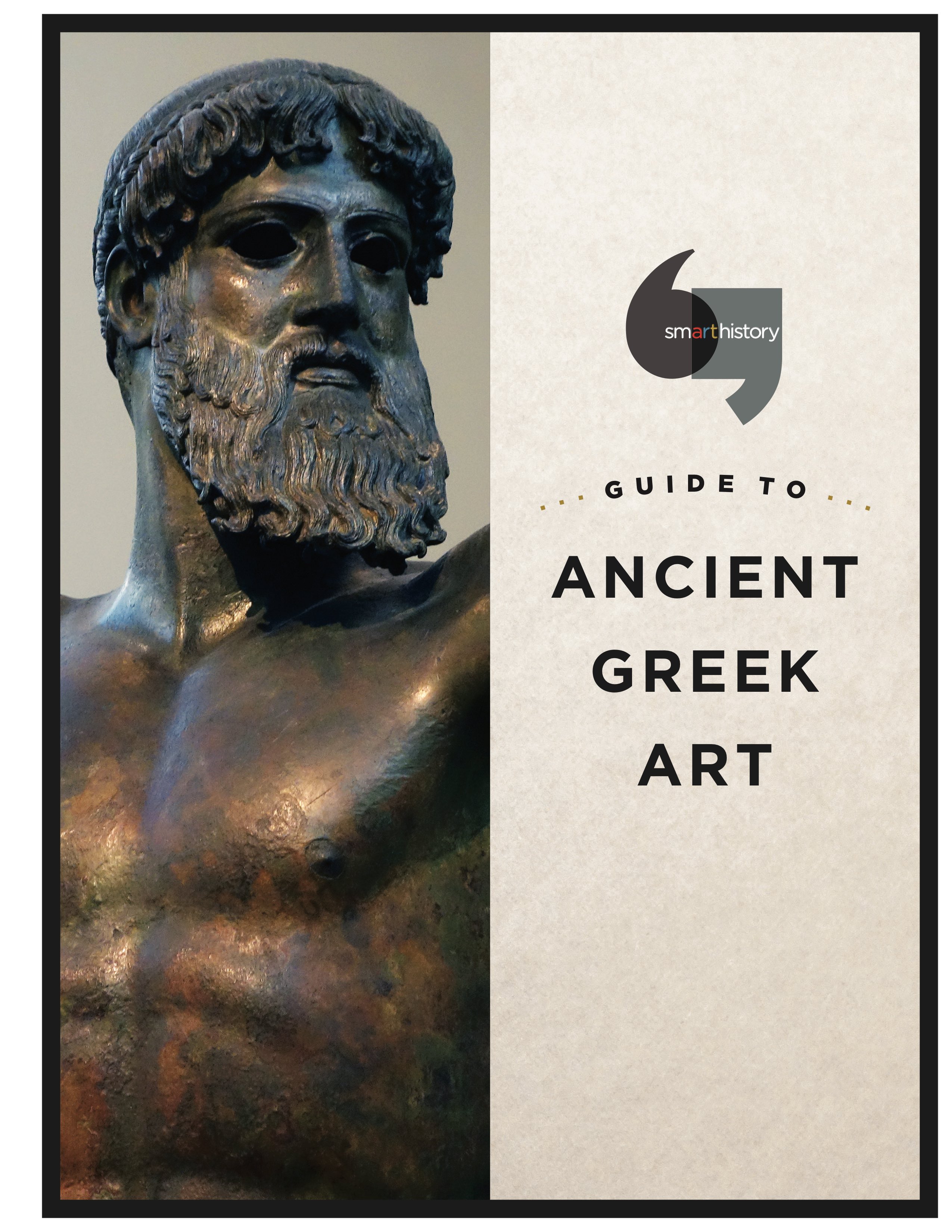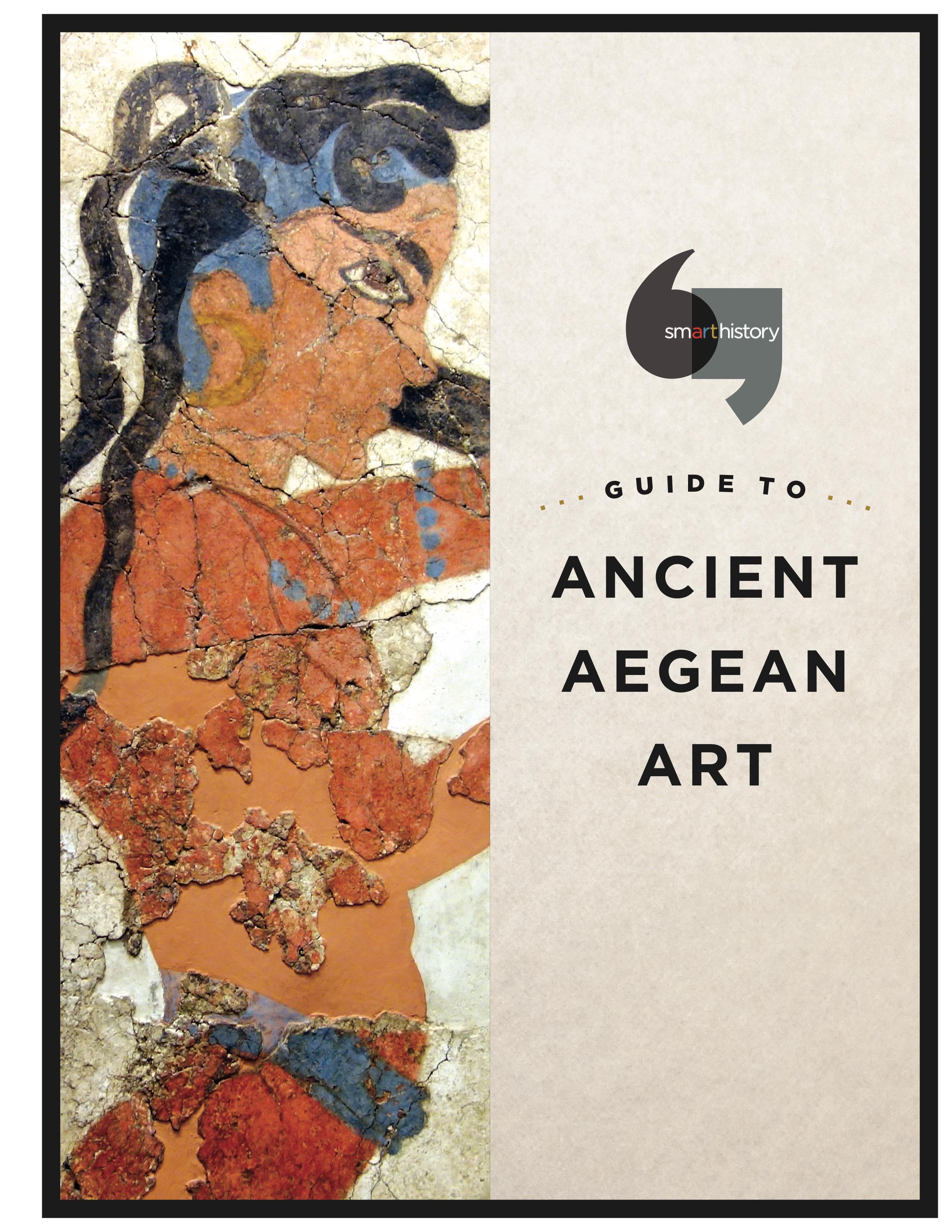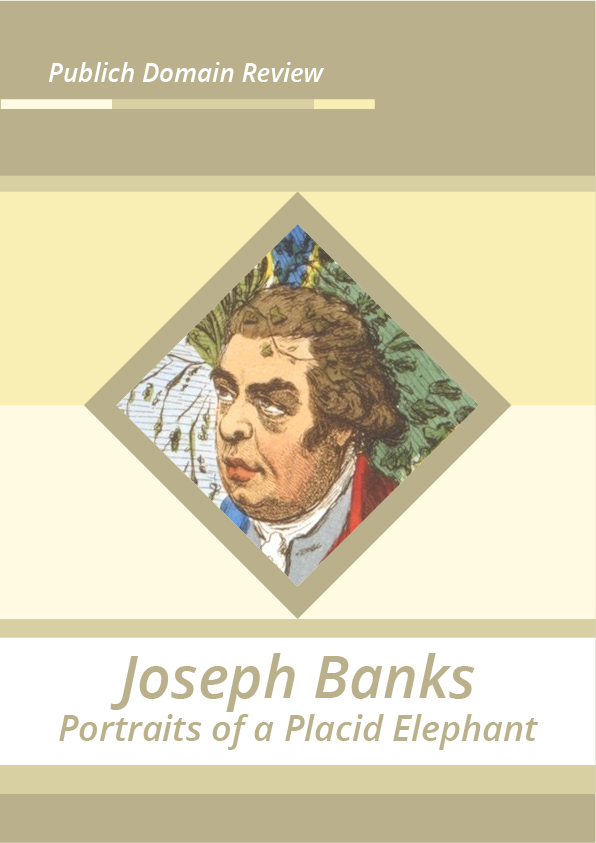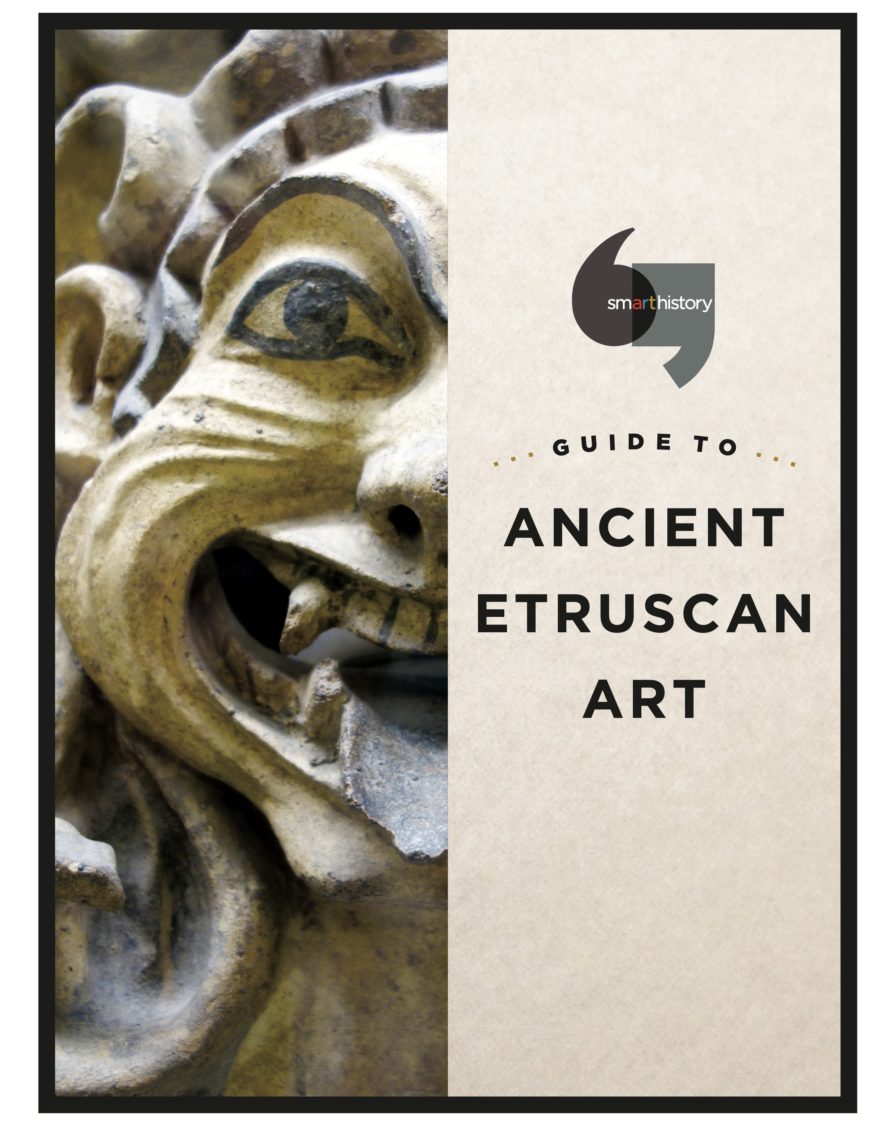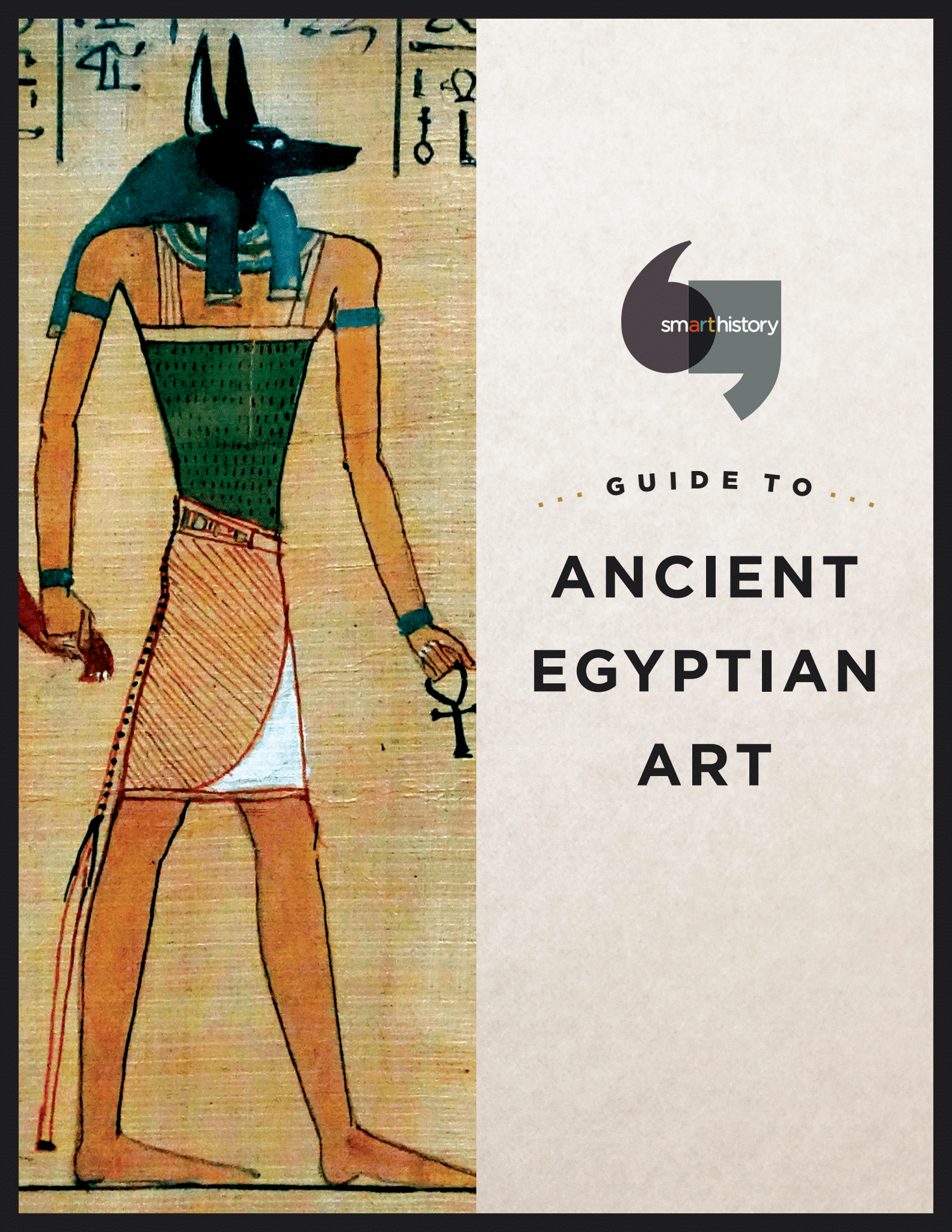A shared language, religion, and culture
Ancient Greece can feel strangely familiar. From the exploits of Achilles (hero of Homer’s epic poem, oe Illiad, about the Trojan war) and Odysseus (also known as Ulysses, the hero in Homer’s other epic poem, oe Odyssey), to the treatises of Aristotle (an extremely inuential ancient Greek philosopher from the 4th century B.C.E), from the exacting measurements of the Parthenon (image above) to the rhythmic chaos of the Laocoön (image below), ancient Greek culture has shaped our world. zanks largely to notable archaeological sites, well-known literary sources, and the impact of Hollywood (Clash of the Titans, for example), this civilization is embedded in our collective consciousness—prompting visions of epic baxles, erudite philosophers, gleaming white temples, and limbless nudes (we now know the sculptures—even the ones that decorated temples like the Parthenon—were brightly painted, and, of course, the fact that the ~gures are owen missing limbs is the result of the ravages of time).
Dispersed around the Mediterranean and divided into self-governing units called poleis or city-states (small independent entities such as Aegina, Athens, Corinth, and Sparta), the ancient Greeks were united by a shared language, religion, and culture. Strengthening these bonds further were the so-called “Panhellenic” sanctuaries and festivals that embraced “all Greeks” and encouraged interaction, competition, and exchange (for example the Olympics, which were held at the Panhellenic sanctuary at Olympia). Although popular modern understanding of the ancient Greek world is based on the classical art of ~wh century B.C.E. Athens, it is important to recognize that Greek civilization was vast and did not develop overnight.
The Dark Ages (c. 1100 – c. 800 B.C.E.) to the Orientalizing Period (c. 700 – 600 B.C.E.)
Following the collapse of the Mycenaean citadels of the late Bronze Age, the Greek mainland was traditionally thought to enter a “Dark Age” that lasted from c. 1100 until c. 800 B.C.E. Not only did the complex socio-cultural system of the Mycenaeans disappear, but also its numerous achievements (i.e., metalworking, large-scale construction, writing). ze discovery and continuous excavation of a site known as Levandi, however, drastically alters this impression. Located just north of Athens, Levandi has yielded an immense, almost ~wy-meter long structure with a semicircular end on one side (known as “apsidal”), a massive network of graves, and two heroic burials replete with gold objects and valuable horse sacri~ces. One of the most interesting artifacts, ritually buried in two separate graves, is a centaur ~gurine (see photos below). At fourteen inches high, the terracoxa creature is composed of a equine (horse) torso made on a poxer’s wheel and hand-formed human limbs and features. Alluding to mythology and perhaps a particular story, this centaur embodies the cultural richness of this period.
